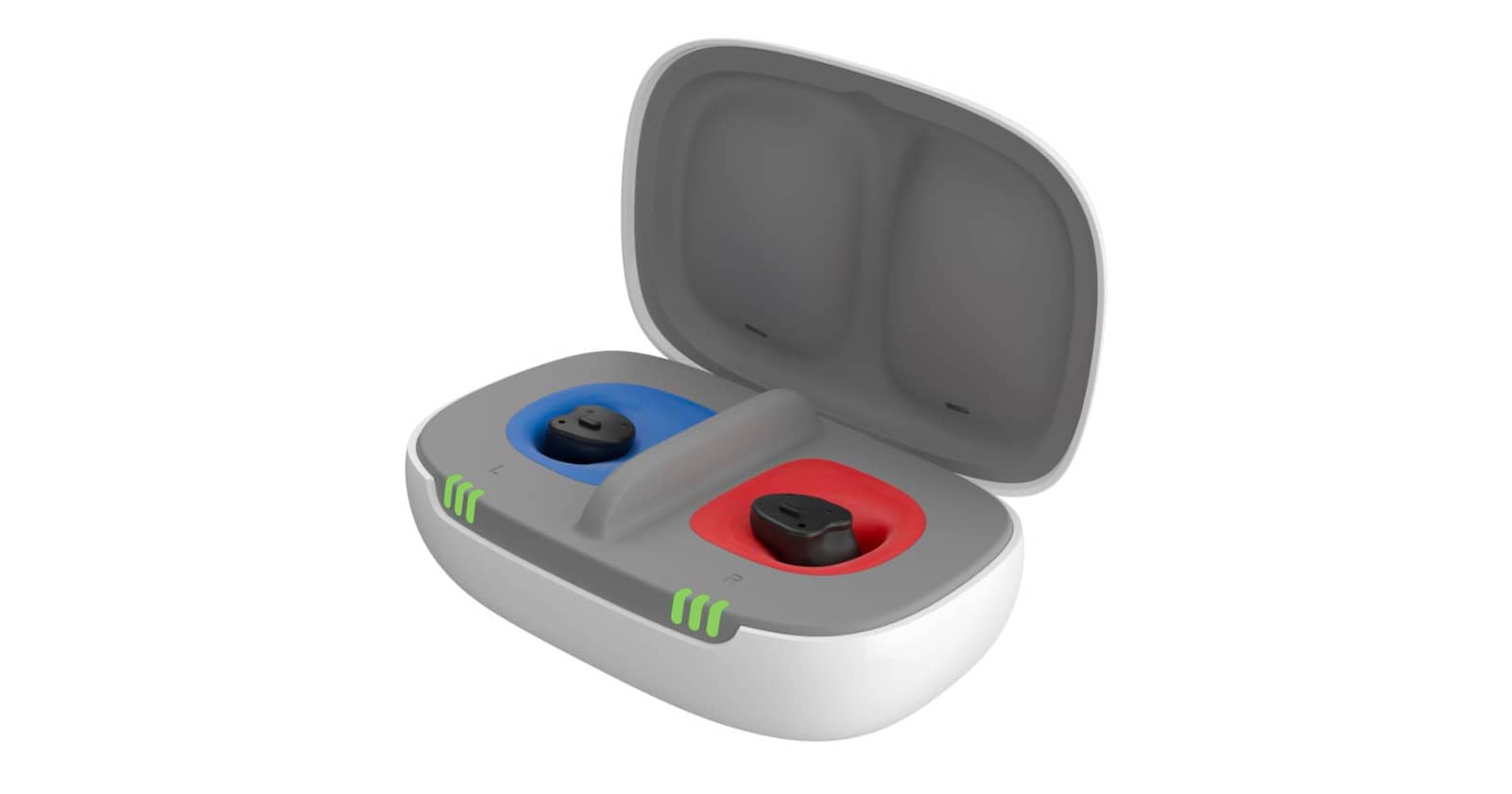Hearing is one of the most precious gifts we have, but even if you lose it, the tech that can help bring it back is evolving, too.
It can be all too easy to forget about your ears, even if they’re one of the most relied upon aspects of our bodies, and something you should take care of.
You only get one set of ears and hair cells in those, with these hair cells helping you to hear the world, from talking to music to sounds and more. Treat them poorly and overload them with volume, and those hair cells can die, leading to a loss of hearing, and potentially forcing you to adopt a new piece of technology in your life: the hearing aid.
While this technology can return hearing to your life, it may not be a total restoration in auditory abilities, with hearing aids providing different things to different people.
“They may ‘help’ to restore hearing for those who wear them,” said Peter McKinnon, Product Manager at Signia, a maker of hearing aids.
“However to get the best result they need to be treated by an appropriate specialist (audiologist or audiometrist),” he said, noting “they will match the hearing aid to the individuals hearing loss to ensure the best outcome.”
McKinnon noted that while the age of Australians with hearing aids isn’t changing, their use may become more prevalent as the population ages, while headphone usage may also lead to an increase in younger generations using them.
In fact, according to McKinnon “one in five Australians will be impacted by hearing loss”, possibly leading to more significant numbers than you might expect.
“Hearing loss does not need to limit your potential, and we are proud to continue to make a difference in people’s lives,” he said.
As such, the technology is changing, not just to potentially restore hearing, but also to make it more environmentally friendly and connect with the gadgetry regularly relied upon in our lives.
There’s the environmental angle, which McKinnon says is becoming very common, but also modern evolutions of the hearing aid.
Current and somewhat premium hearing aids can connect to phones and tablets over Bluetooth, with options compatible with both Android and iPhones handy for the streaming of music and talking to people over phone calls. That may mean relying on your hearing aid to listen to music and hear the world are in the same gadget, complete with other features common to truly wireless earphones, such as Qi wireless charging and a compact charging case.
It means that one day in the future, if you find you need a hearing aid, you may find the experience isn’t unlike owning a pair of earphones today.
However before you get there, and on World Hearing Day (March 3), you might want to do what you can to keep those ears in the best condition, starting with a few tips to keep the volume down on your earphones as you listen.







